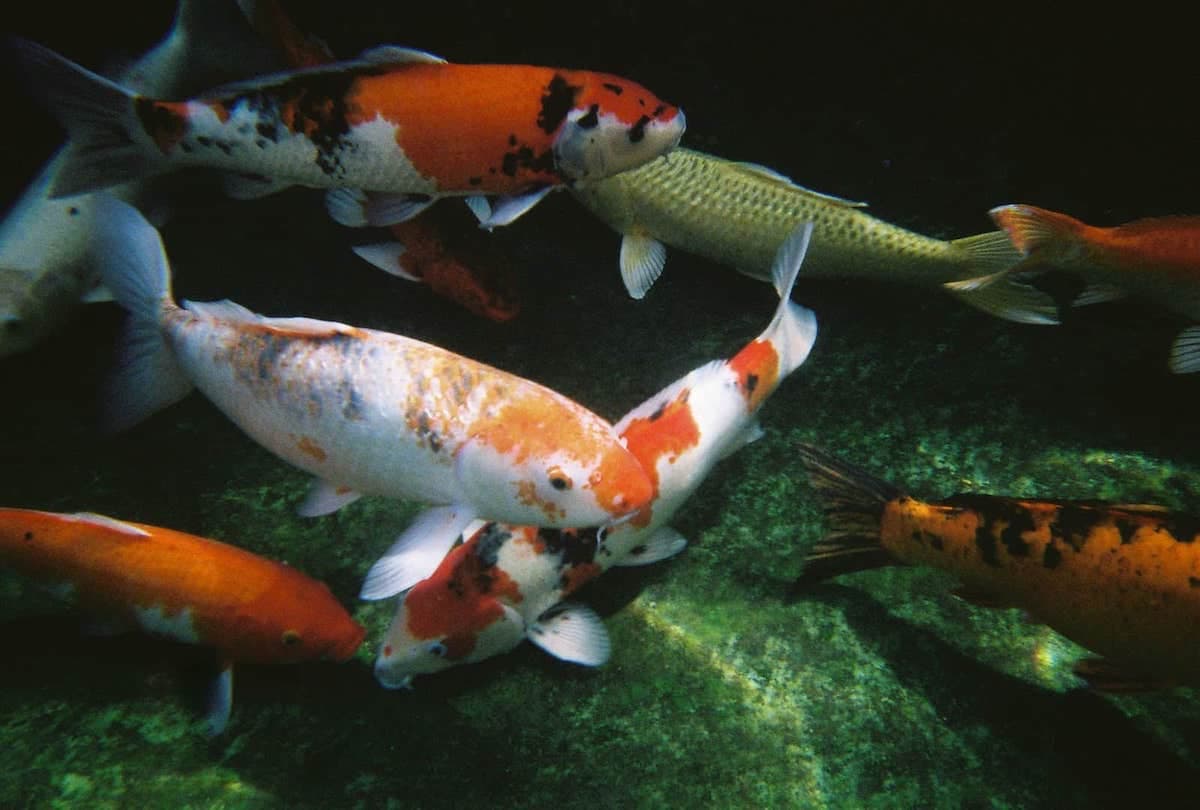La profondeur est essentielle dans n'importe quel habitat d'étang, mais la quantité de profondeur nécessaire dépend souvent de l'espèce de poissons et de votre région géographique. Dans les parties septentrionales du pays, vous aurez généralement besoin d'au moins 10 ′ de profondeur pour empêcher hiver. Hiver se produit quand la neige et la glace s'accumulent sur la surface et empêchent la lumière du soleil d'atteindre des usines. Sans la lumière du soleil, les plantes meurent. Sans plantes, il n'y a pas d'oxygène en cours de production. Si vous avez la profondeur appropriée et un volume approprié de l'eau pour stocker l'oxygène, vos poissons peuvent survivre aux hivers rudes. Cependant, une aération supplémentaire peut être nécessaire même avec des profondeurs de 10 ′.

Certain species also require deeper, colder water. Cold water species like trout typically need deeper ponds, even in the north, to provide the temperatures they require to survive. Cool and warm water species can survive in shallower water ponds because they do not require as cold of water to survive. If building a new pond, take into account the species you intend to stock when planning your depth. Also, when building a new pond or excavating an existing pond, remember to dig deeper. Ponds will fill in over time with organic and inorganic material. There are steps you can take to help limit this, however. First, make sure your slope is not too steep. A steep slope can help limit some shallow water plants from taking hold, but will also create more chance of erosion and filling in of the pond. Slope also depends on soil substrate. Some substrates are set up better to handle steep slopes, such as rocks. Softer substrates will tend to erode faster with higher slope angles. A 2:1 slope, meaning 2′ of depth for every 1′ of distance from shore, is typically a good starting point.
The second way to keep ponds from filling in is to add extra aeration to help the bacteria in your pond decompose the organics quicker. Through decomposition, bacteria in the pond or supplemental bacteria can get rid of the organic material that is filling in the bottom of the pond. Extra oxygen makes this process faster and more complete, without the harmful gases that could endanger fish. How much aeration is needed depends on many factors such as species and density of fish, size and depth of the pond, water temperature, and oxygen demand in the pond. The third most common way to keep ponds from filling in, is through physical blocking of runoff sediments. This can be done by building natural barriers around your pond to prevent the runoff from reaching the pond. These can consist of earthen berms or vegetative buffers to trap material before it enters the pond.